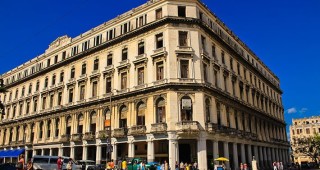The concern of Havana’s best families over the fate of their unmarried daughters led to the construction of this convent, which would eventually become the first nunnery in Cuba. Construction works began in 1638 and ended in 1643. The convent was subsequently rebuilt and included extensions to the cloisters and smaller but continued changes which ended in the construction of the second floor for tall cells, the completion of the church, an infirmary and an orchard. In 1922, the building was abandoned by the nuns due to its dilapidated state.
Repaired in 1923, it was opened for the celebration of public events, having been previously purchased by fraudulent means by the Covernment of the time. This gave rise to ‘La Protesta de los Trece’ (The Protest of the Thirteen), one of the most important events in Cuban History.
Open once more to the public, the simple, stark exterior of the building, its thick masonry walls and extensive tile roof belie the surprising richness of the interior, which features ornately carved wooden ceilings and beautiful leafy patios. Two of the three cloisters are fully restored: one houses the Centro Nacional de Conservación, Restauración y Museología (CENCREM), the organisation in charge of restoring artefacts from all over Cuba; the other contains a small free-standing building run as a cheap and moderately cheerful Moorish-style hostal, Residencia Académica.








 Traditional Bar
Traditional Bar








